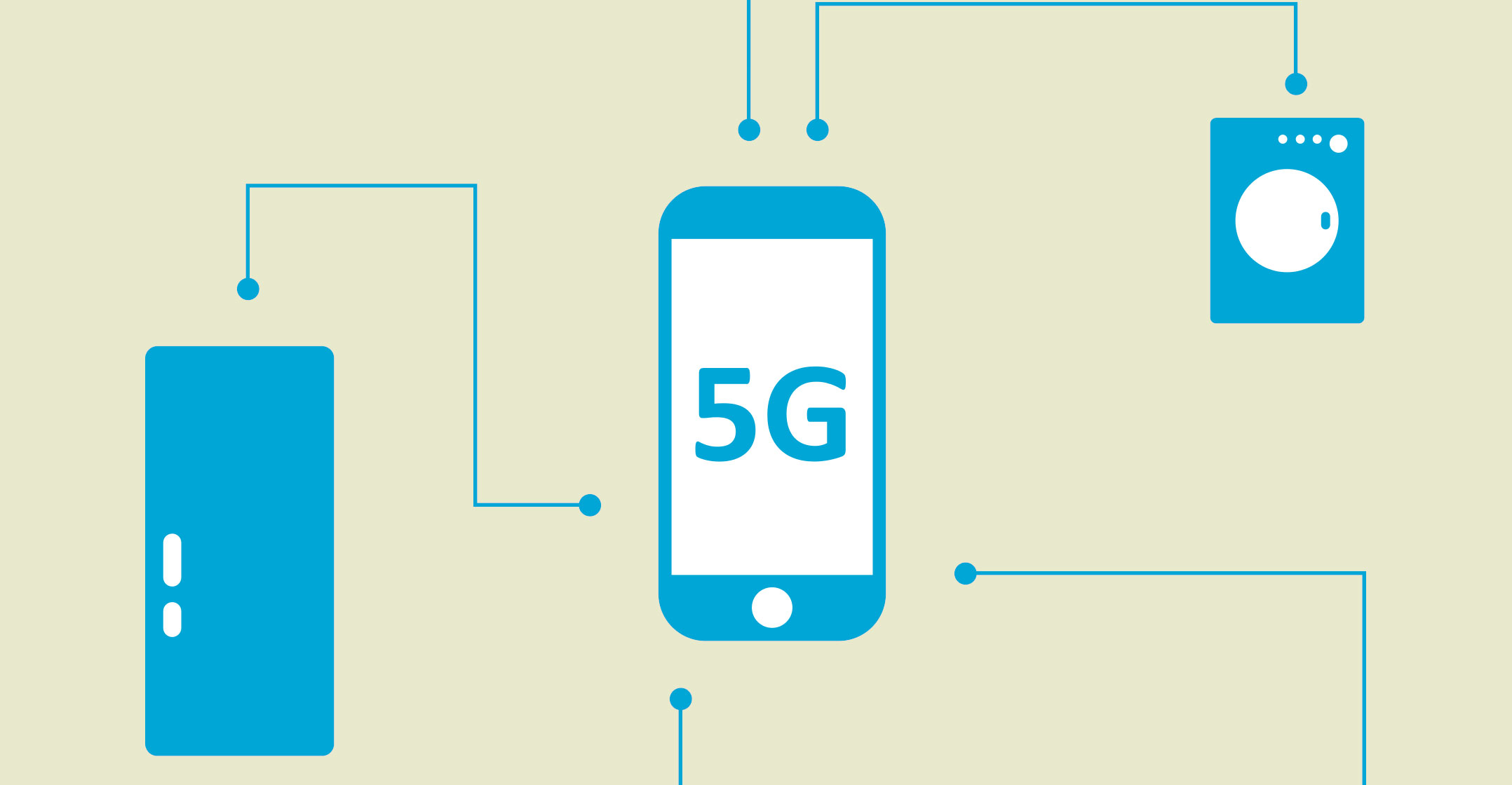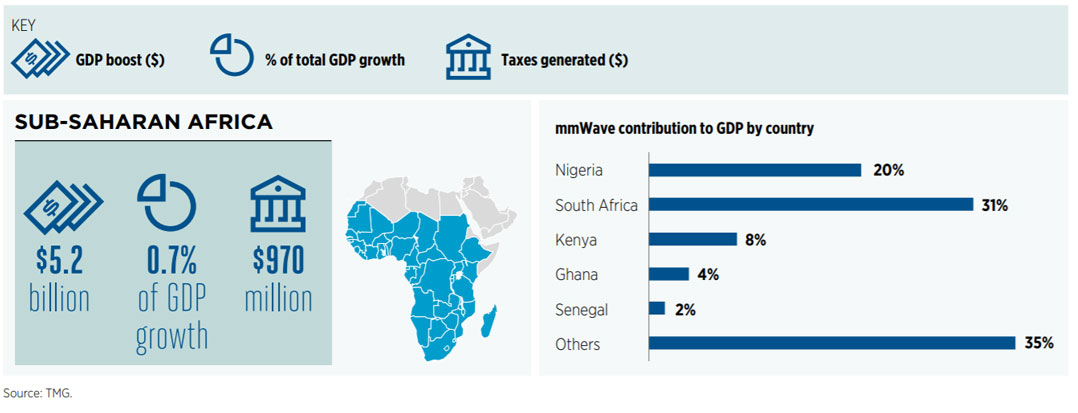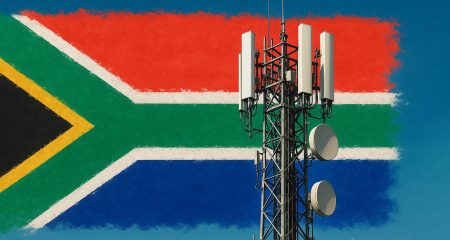 Releasing enough millimetre-wave (mmWave) radio frequency spectrum for next-generation 5G networks could unlock as much US$565-billion in global GDP and $152-billion in tax revenue between 2020 and 2034, according to a new research report by the GSMA.
Releasing enough millimetre-wave (mmWave) radio frequency spectrum for next-generation 5G networks could unlock as much US$565-billion in global GDP and $152-billion in tax revenue between 2020 and 2034, according to a new research report by the GSMA.
“These outcomes rely on government support for the identification of sufficient mmWave spectrum for the mobile industry at the next ITU World Radiocommunication Conference in 2019 (WRC-19),” the GSMA, which represents mobile operators around the world, said on Wednesday.
The report, called Socio-Economic Benefits of 5G Services Provided in mmWave Bands, found that the Asia-Pacific and Americas regions will generate the greatest share of GDP attributed to mmWave 5G, at $212-billion and $190-billion respectively.
Europe is forecast to have the highest percentage of GDP growth attributable to mmWave of any region, with 2.9%, the GSMA said.
Regions such as sub-Saharan Africa, Central Asia, and Latin America and the Caribbean could see growth in GDP contribution from mmWave 5G applications of over 65%/year from 2026 until 2034.
“The sub-Saharan African region has made great strides in recent years and continues making progress to increase the deployment of broadband infrastructure. In the medium term, the roll-out of 4G is expected to continue as the primary driver of economic benefit,” it said.
“In the near term, the use cases for sub-Saharan Africa favour 5G applications that are less dependent of mmWave spectrum. However, the economic benefits of the mmWave spectrum will still be significant in the region at a later stage in the study period.”
$5.2-billion
“The sub-Saharan African region is expected to deliver $5.2-billion in GDP as a result of mmWave 5G, with Nigeria and South Africa combined providing about half of the total contribution. Once 5G has taken off, the annual gain from mmWave 5G will grow much faster from 2026 onward, closing the gap between the early and late adopters.”
In sub-Saharan Africa, the professional and financial services sectors are expected to be the largest contributors to GDP, making up 31% of the total $5.2-billion expected to be accrued over the period of the study. This is followed closely by the manufacturing and utilities sectors, providing a quarter of the impact on GDP, then public services with 20%, and ICT and trade at 18%.
mmWave spectrum will carry the highest-capacity 5G services and has the ideal characteristics to support very high data transfer rates at low latencies (network round-trip times). This will support new use cases, the GSMA said.

GSMA head of spectrum Brett Tarnutzer said planning spectrum is essential to achieving the highest 5G performance.
“It is critical for governments to recognise the importance of the mmWave aspects of 5G when making decisions at the upcoming WRC-19,” he said. “Making the right decisions now on spectrum will be vital to stimulating the rapid growth of economies, especially in developing markets, in the coming decade.”
The GSMA has recommended supporting the 26GHz, 40GHz and 66-71GHz bands for mobile. “Global harmonisation of these bands at WRC-19 will create the greatest economies of scale and make broadband more affordable across the world.”
Outside the WRC-19 process, 28GHz is also emerging as an important mmWave band for 5G. Commercial services using this band have already been launched in the US and it will also be used for mmWave 5G in countries such as South Korea, Japan, India and Canada.
The GSMA study was conducted by TMG, a consulting firm specialising in the ICT sector. — © 2018 NewsCentral Media




